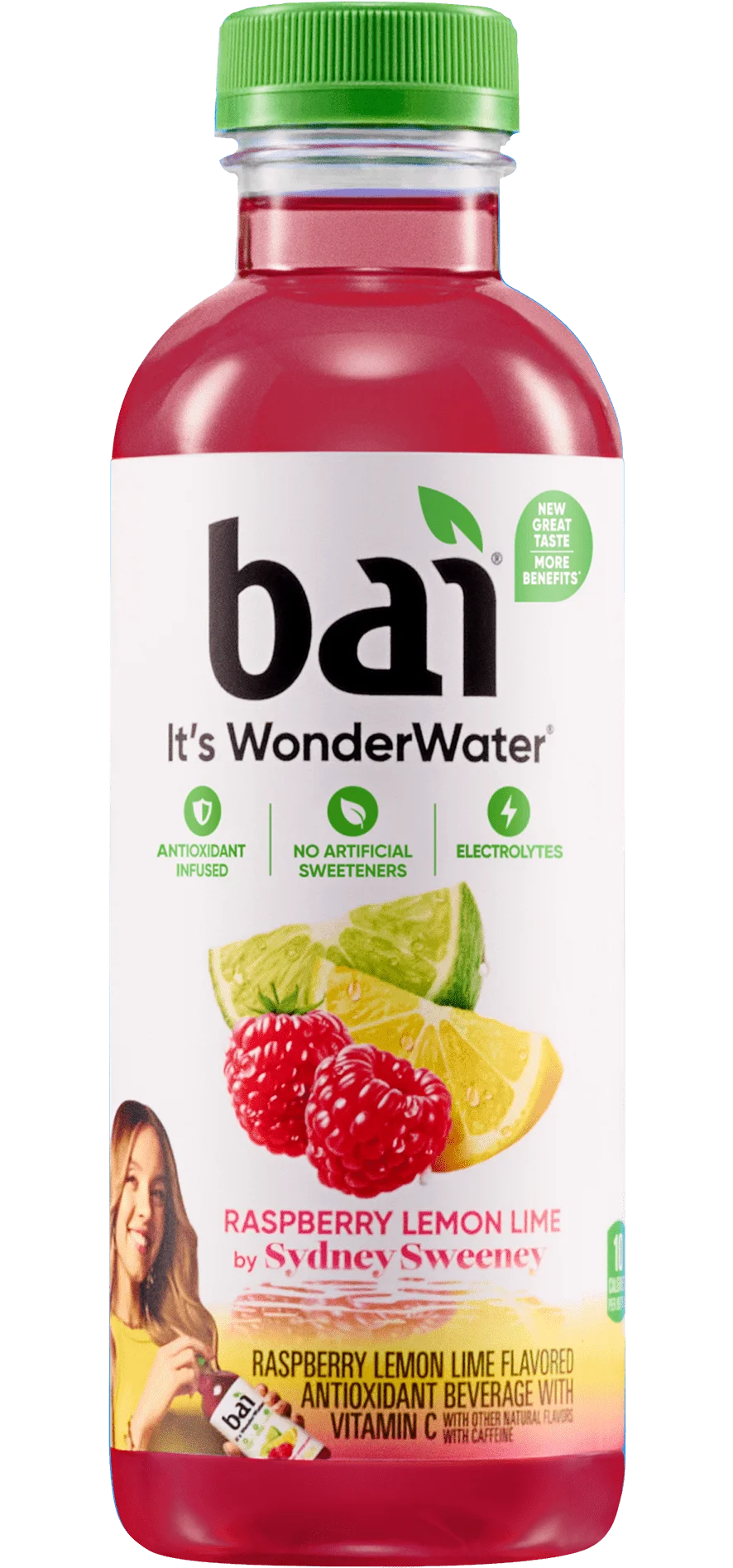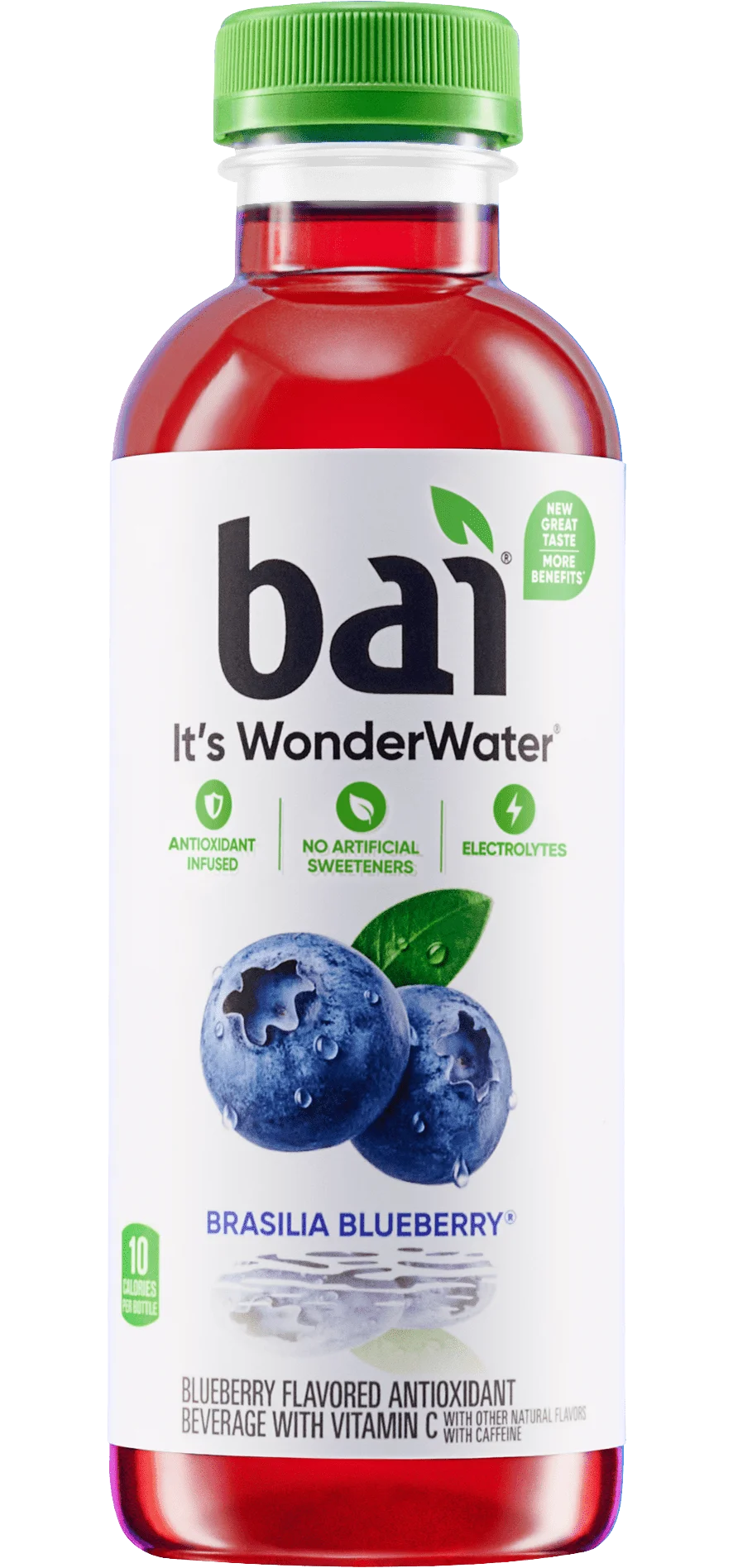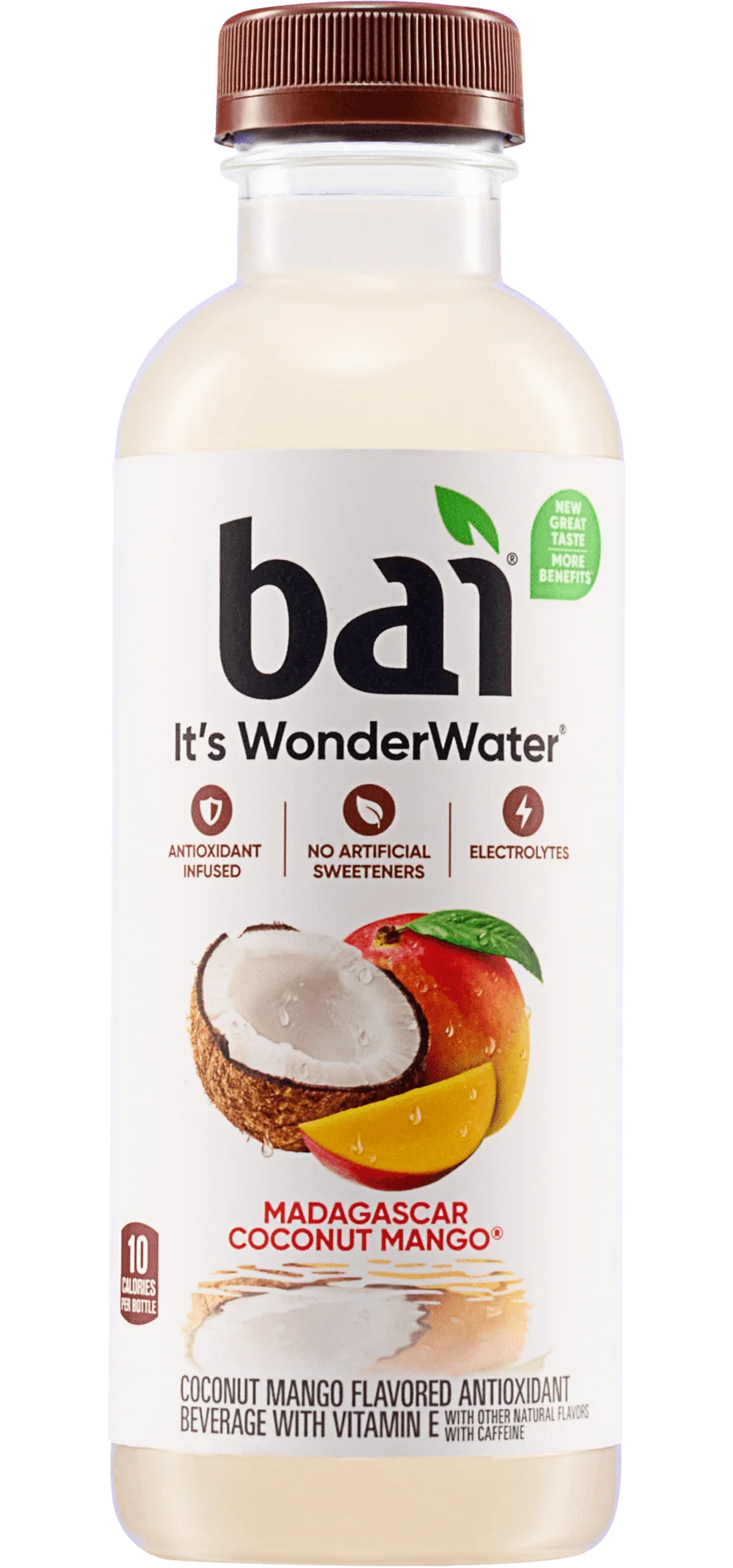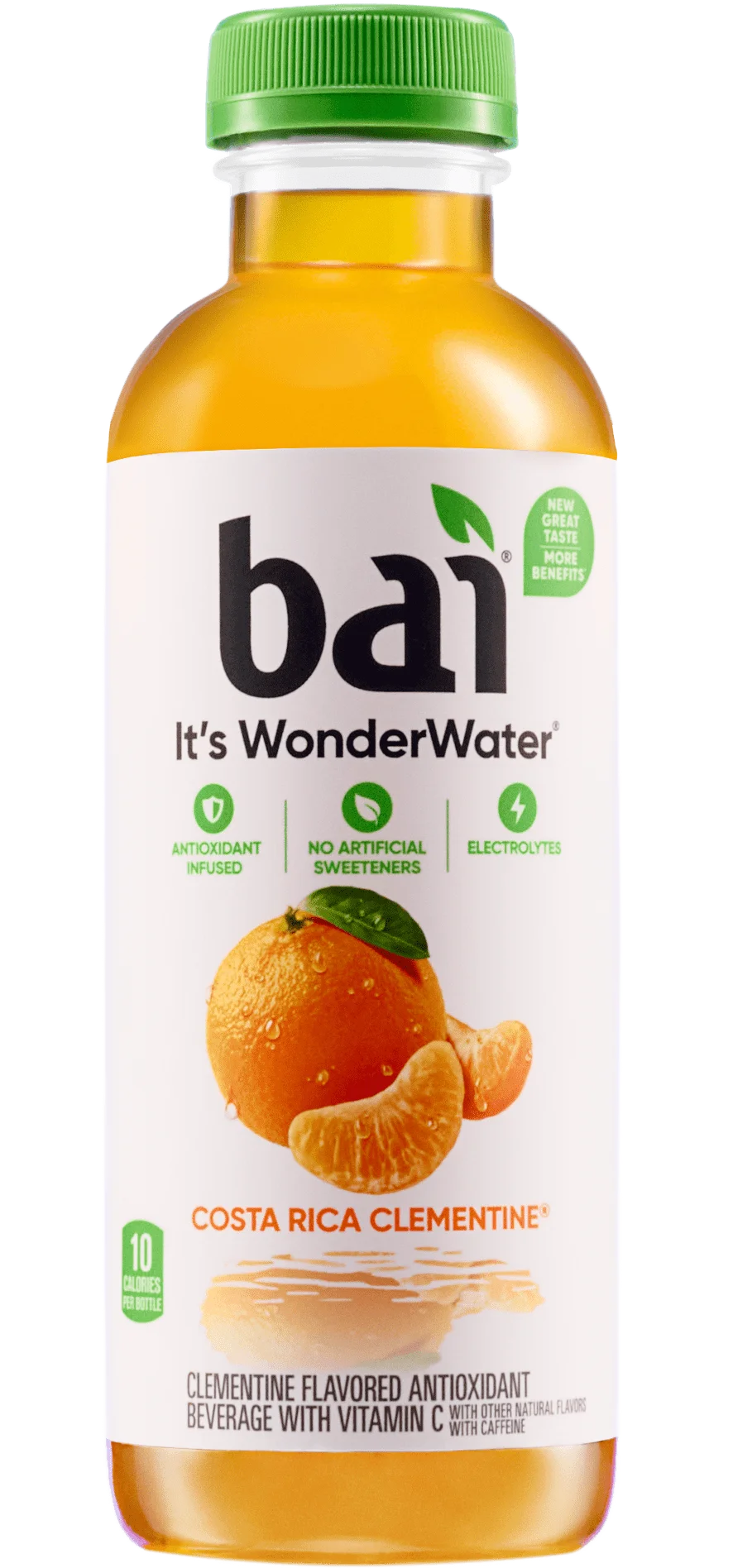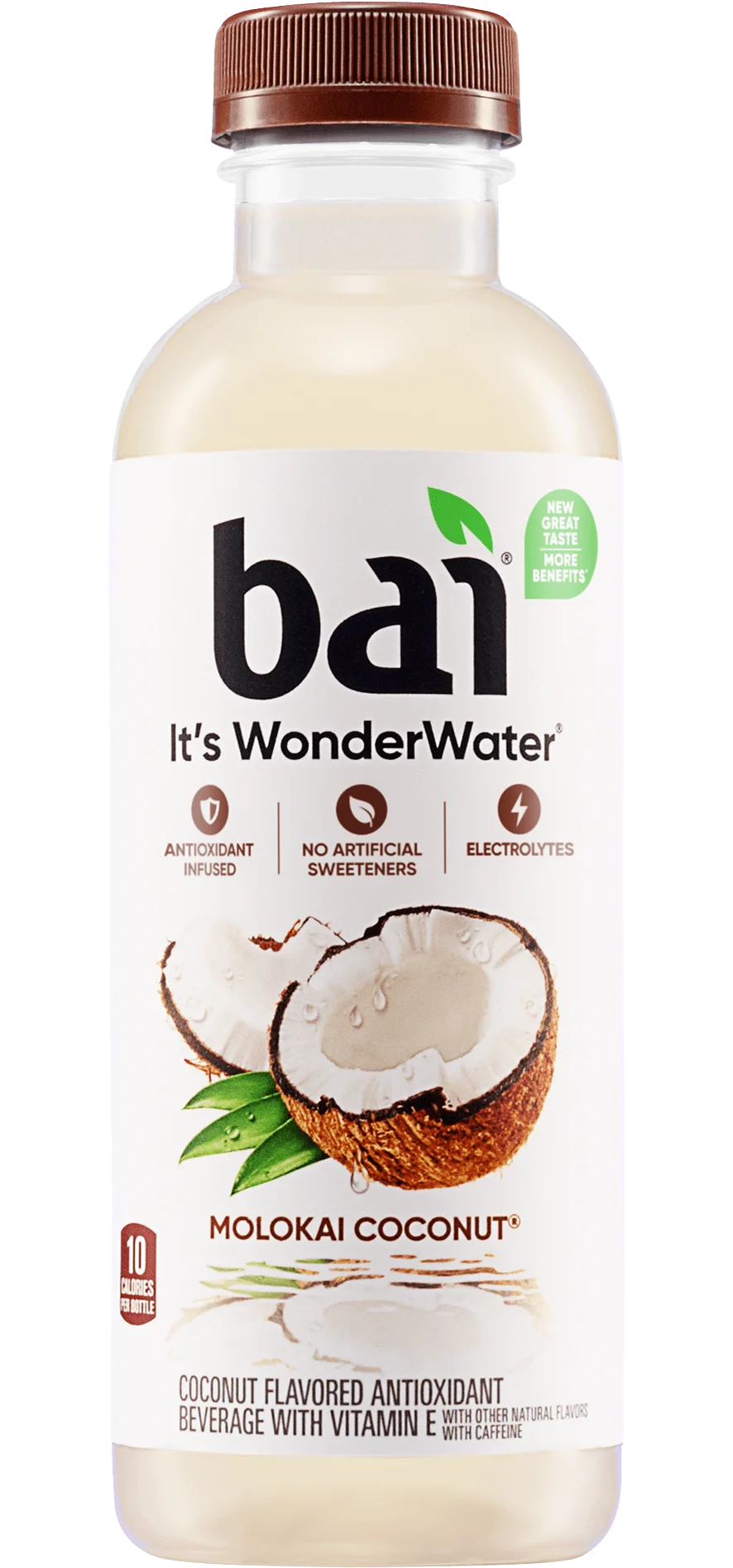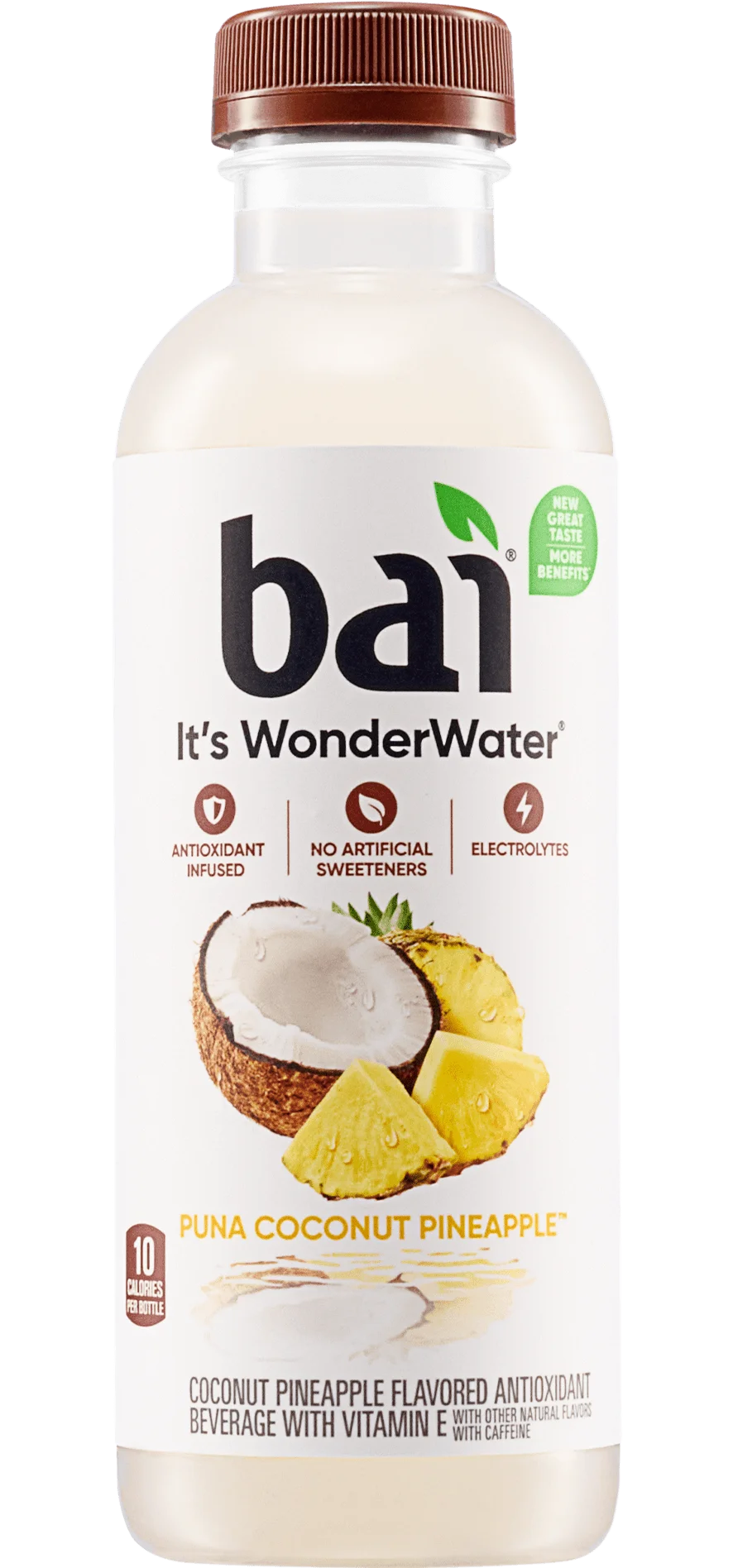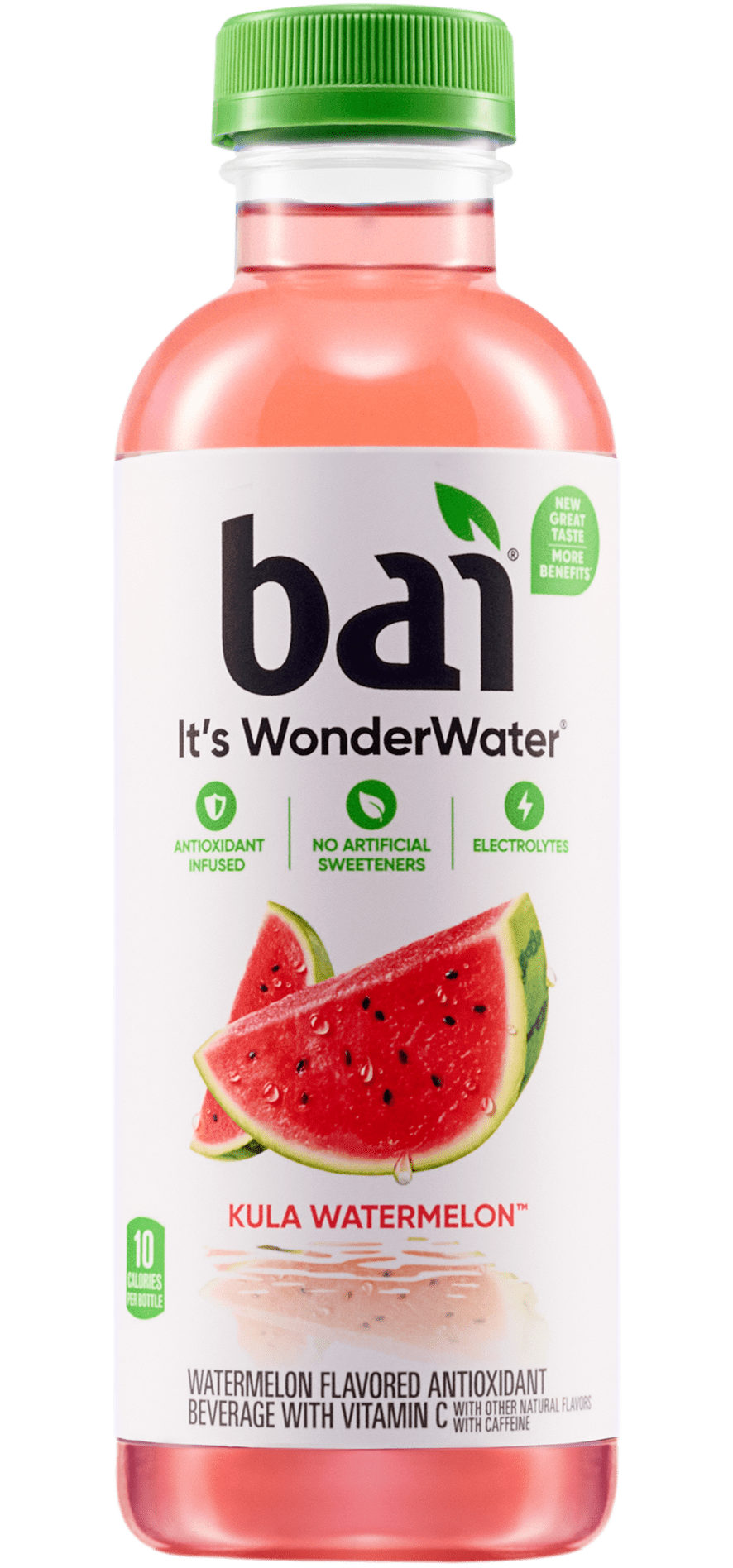Powering through long work days that lead into nights and weekends crowded with activity has become the new normal in the United States. To keep up with demanding schedules most of us turn to coffee but millions of people also reach for energy drinks – powerful concoctions with aggressive sounding names that promise bigger, faster kick-starts. Unfortunately, there’s much more to energy drinks than just caffeine. Read the ingredients list on most high-octane beverages and what you find are chemical additives and artificial ingredients that are harmful to health.
You may not be familiar with brominated vegetable oil, an industrial flame retardant, but if you enjoy sports drinks you may have already consumed it. BVO appears on the nutrition labels of some of the most popular energy drinks on the market. It’s used to stabilize citrus flavors in foods and beverages but unfortunately its side effects include memory loss, fatigue, skin lesions, headaches and loss of coordination. Japan and the European Union have already banned BVO due to the significant health dangers it poses but the ingredient is not banned by the U.S. Food and Drug Administration. For now the best way to avoid BVO altogether is to read nutrition labels carefully.
It’s human instinct to seek out bright, colorful foods. It’s nature’s way of drawing us to the most nutritious resources on earth. Consider that the next time you find yourself reaching for a neon-colored sports or energy drink. It may not be the shape of the bottle, the promises of higher sports performance or even the thought of drinking a cool, refreshing drink that’s drawing you to the beverage – it might just be Citrus Red 2, Red 3, Red 40, Yellow 5, Yellow 6 and a variety of other artificial colors and food dyes drawing your attention. Food and beverage manufacturers know those dyes have the power to turn products into a brighter shade of appetizing.
Why should you care if the color of your favorite beverage has been enhanced? Afterall, throughout history, humans have added color to food and drink, using paprika, turmeric, beet extract, and flower petals to make everything brighter. Even the citizens of ancient Rome did it – they used saffron to deepen the yellow in the delicacies that graced their tables. The issue isn’t that color is being deepened but that it’s being done with synthetic dyes manufactured out of coal tar and petrochemicals. Allergic reactions, intestinal tumors, ADHD and even cancer have all been cited by medical researchers and consumer advocacy groups as by-products of a diet heavy in synthetic colors.
If knowing about the chemicals and artificial ingredients in energy drinks isn’t enough to make you steer clear of them, perhaps this next fact might help: energy drinks can contain as much as 1200 mgs of caffeine – an amount three times higher than what is generally considered safe for human consumption. This overload of caffeine is then “turbo-charged” with the addition of natural stimulants like guarana and yerba mate in certain energy drinks. The impact on health is serious – side effects from consuming too many energy drinks range from indigestion to irregular heartbeat and, in extreme cases, addiction, liver damage and death. But suddenly quitting energy drinks has a downside too: it usually leads to headaches, lethargy and nausea. It’s best to stop drinking energy drinks gently and slowly and even better not to start at all.
It’s time to set aside the metal cans with the scary names in favor of healthy, hydrating beverages. Until you can make that change remember, “Buyer Beware.”
(Photo: Sean MacEntee/Creative Commons)


